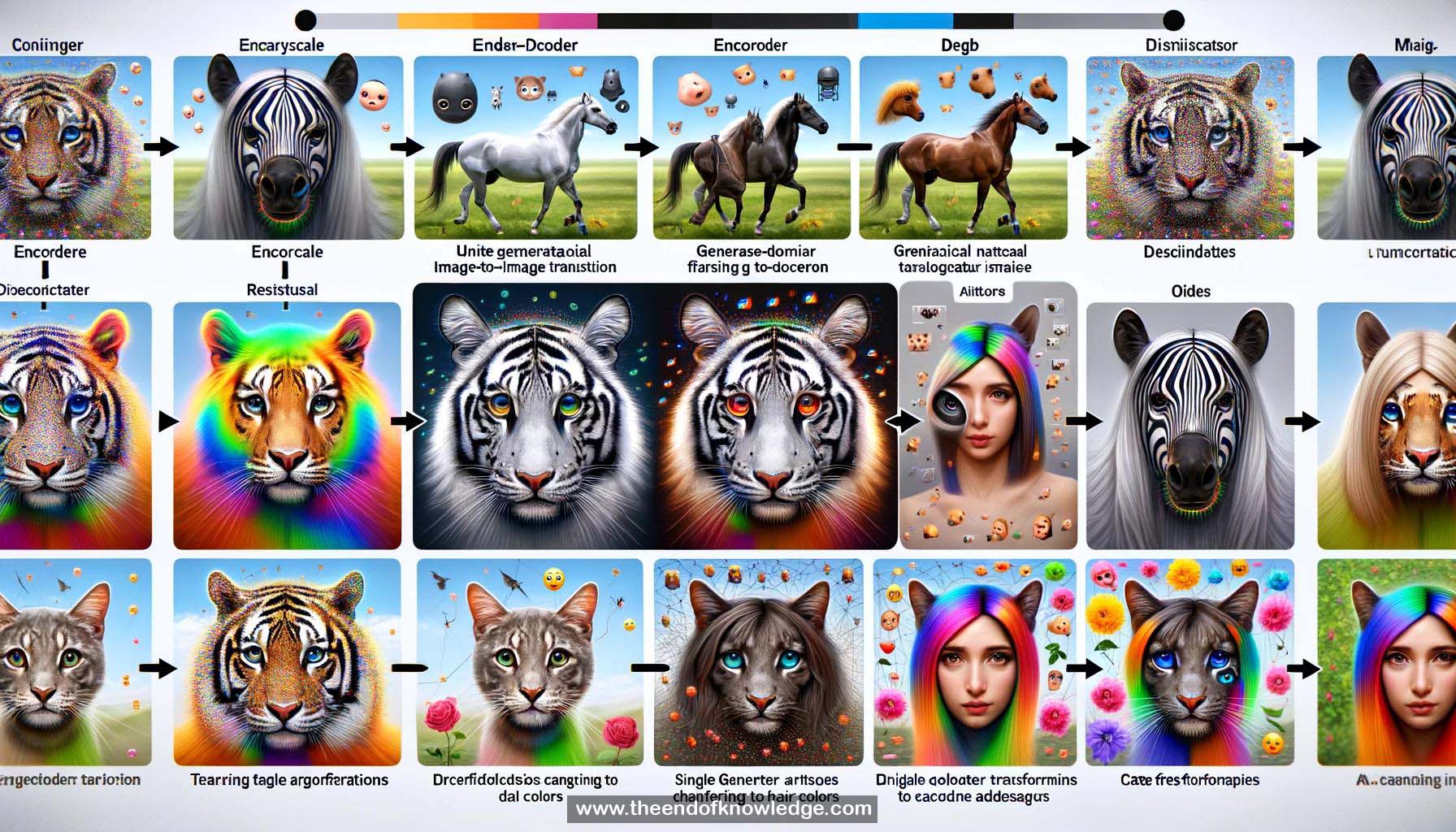 >
>
Concept Graph & Resume using Claude 3 Opus | Chat GPT4o | Llama 3:
Resume:
1.- Image-to-image translation: Converting images from source to target domain.
2.- Multi-domain translation: Translating between multiple domains/attributes (e.g. hair colors).
3.- Previous work limitations: Separate model per domain pair; not scalable.
4.- StarGAN: Unified model for multi-domain translation using a single generator.
5.- Generator inputs: Image + target domain label. Learns to flexibly translate to target domain.
6.- Generator architecture: Encoder-decoder with residual blocks.
7.- Adversarial loss: Makes translated images indistinguishable from real ones.
8.- Domain classification loss: Ensures translated images are properly classified to target domain.
9.- Reconstruction loss: Preserves input image content; only changes domain-related parts.
10.- Facial attribute transfer: Translating attributes like hair color, gender, age on CelebA dataset.
11.- Comparison to baselines: StarGAN outperforms DIAT, CycleGAN, IcGAN in visual quality.
12.- Multi-task learning effect: StarGAN benefits from learning multiple translations in one model.
13.- Mechanical Turk user study: Users preferred StarGAN over baselines for realism, transfer quality, identity preservation.
14.- Facial expression synthesis: Imposing target facial expression on input face image.
15.- Limited data augmentation effect: StarGAN leverages all domains' data; baselines limited to 2 at a time.
16.- Facial expression classification error: Lowest for StarGAN, indicating most realistic expressions.
17.- Number of parameters: StarGAN needs just 1 model; baselines need many (DIAT: 7, CycleGAN: 14).
18.- Pytorch implementation available.
19.- Dataset bias: CelebA has mostly Western celebrities; performance drops on Eastern faces & makeup.
20.- Applicability beyond faces: Tested on style transfer (e.g. Van Gogh) but results not shown.
Knowledge Vault built byDavid Vivancos 2024